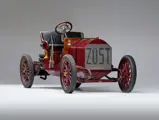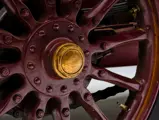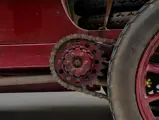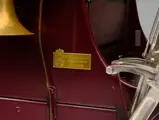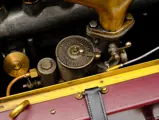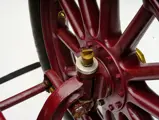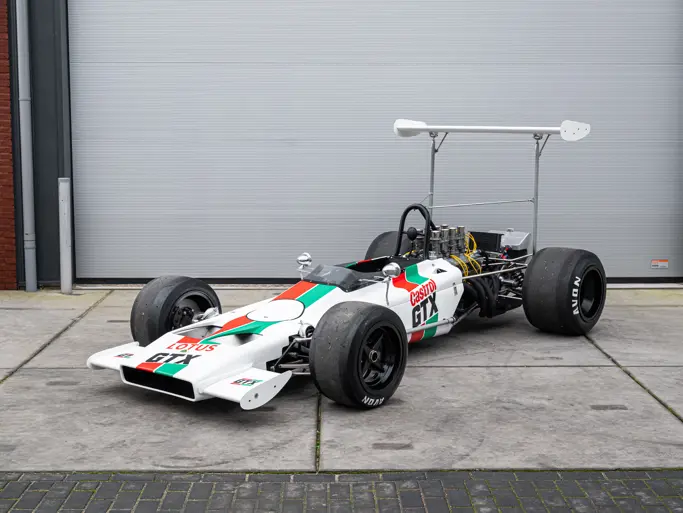
1906 Züst 28/45 Spider Corsa by Sala
{{lr.item.text}}
{{bidding.lot.reserveStatusFormatted}}
- One of only five surviving pre-World War I examples of the “Italian Mercedes”
- Believed to be one of the factory entrants in the 1907 Targa Florio
- Identical specification to the New York-to-Paris Great Race car of 1908
- Well-maintained restoration; a robust competitor in historic rallies
Züst can justifiably be considered one of the great names of early Italian automaking. Like many of its ilk, the firm descended from one that built machine tools for textiles, and it was also involved in the construction of Alpine tunnels and in shipbuilding. They began experimenting with cars in 1900, and in 1905 introduced their first production models, including the 28/45, equipped with a 7,432-cubic-centimeter four-cylinder engine, magneto ignition, honeycomb radiator, and a four-speed transmission running the rear wheels by chain drive. For no small reason were they often known as the “Italian Mercedes,” as their engineering—incredibly sophisticated and robust for the time—and resulting performance were both comparable to the vaunted German marque.
Also like Mercedes, Züst worked to prove its superiority through competition, mainly in endurance trials. One of the company’s cars participated in the Ministry of War’s Mobilization Trials of 1905, and was the only participant to successfully cross the snow-covered Apennines and arrive in Florence. Another of the company’s cars, a 28/45, took part in the Targa Florio of 1907, running on roads not yet designed for automobiles—actually mule paths, on which robbery by bandit highwaymen was still a genuine concern! A similarly configured Züst to the Targa Florio entrant participated in the revered “Great Race” from New York to Paris. Persistent financial difficulties and the Great War eventually led to the company’s sale to OM in 1917, but Züst had left behind sufficient fine machines to ensure its memory.
The 28/45 offered here is one of just five surviving Züst automobiles built prior to World War I, and it is strongly believed to have been one of the factory 1907 Targa Florio team cars, based upon its short-wheelbase chassis with wood-reinforced frame members and the muffler mounted ahead of the rear axle, features unique to the vehicles employed in that event. Significantly, the New York-to-Paris Züst, another of the survivors, was also a Targa Florio team car, and its chassis number is one digit apart from this one, further indicating its special nature. Both cars were bodied by Cesare Sala, the Milanese coachbuilder famed for his work on Isotta Fraschini.
It is believed that this car was sold directly by the Züst firm in 1946 to Auto Lehmann, a wrecking yard in Friedberg, Germany; it remained in the hands of the Lehmann family until 2016, when a well-known German restorer then uncovered the car. The consignor acquired the 28/45 soon after and undertook a full restoration to the Targa Florio configuration, with the addition of a hydraulic transmission brake and electric starter for ease of use. Afterward, in 2002, the Züst was returned to Sicily and driven in the modern historic incarnation of the event in which it had participated in-period, with no trouble encountered over the 650-kilometer journey. It went on to compete in the Members’ Meeting race at Goodwood just last year, reportedly without any mechanical difficulties.
A fascinating period competition machine of superb engineering and quality construction, with rich provenance connected to inarguably two of the most famous pre-war endurance events, this Züst is still the lusty machine it was designed to be—an enthralling experience for showfield or mountain pass.

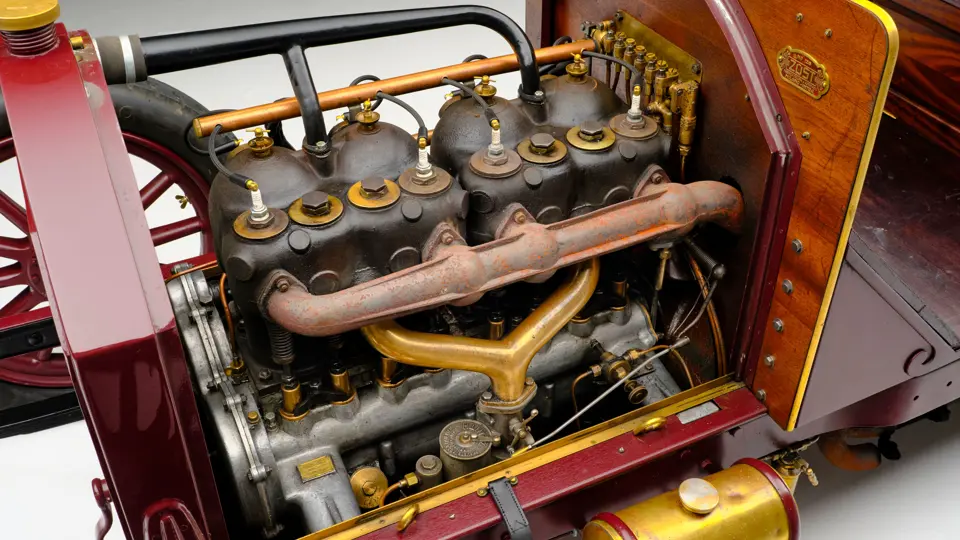



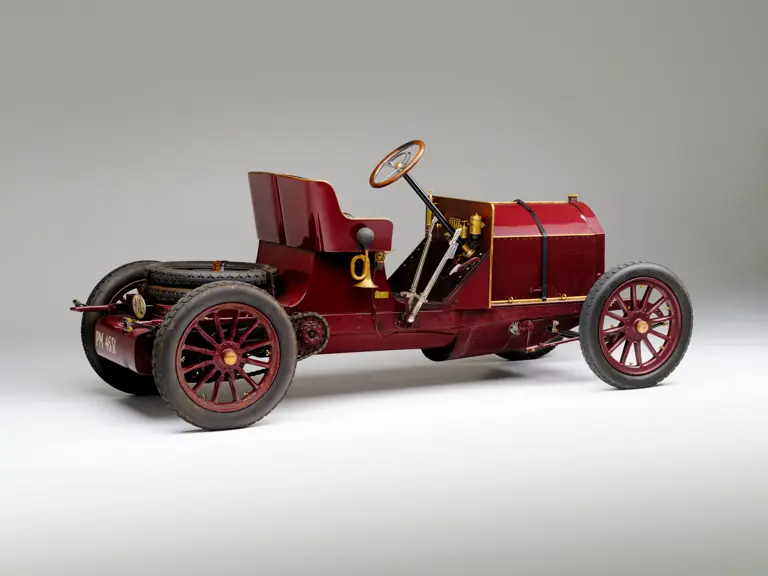
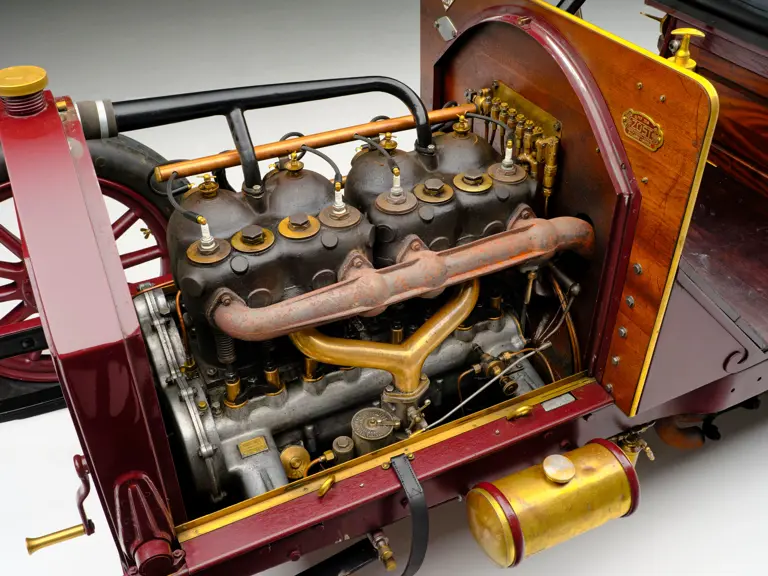















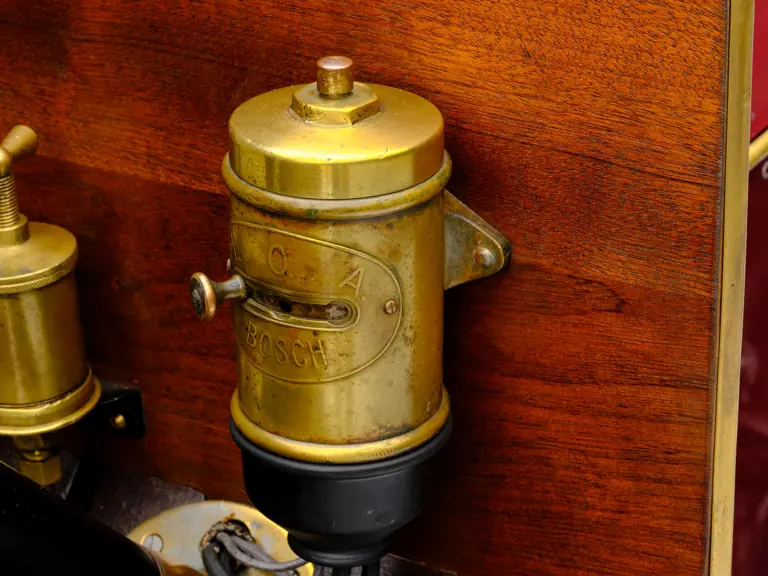







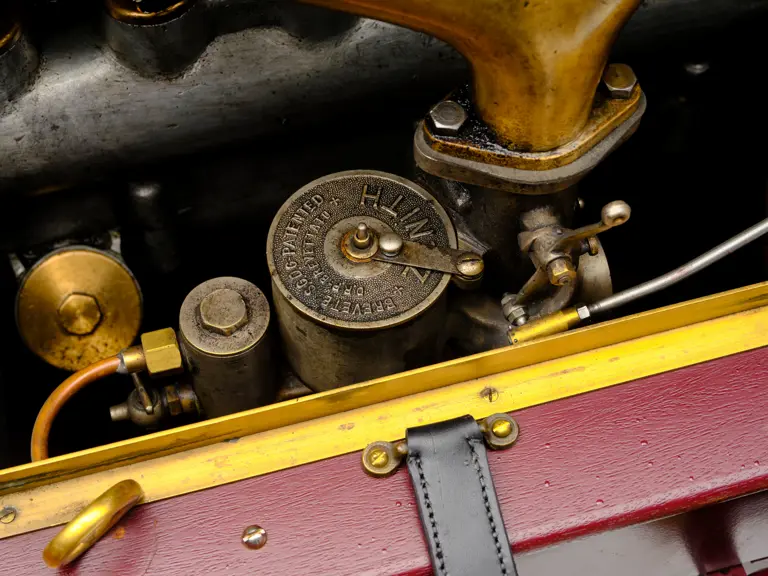

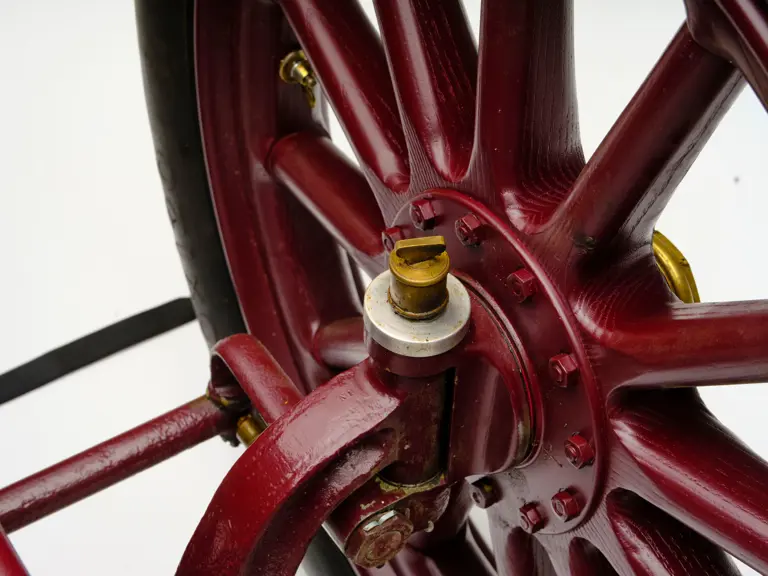

 | Coral Gables, Florida
| Coral Gables, Florida





